It is possible to connect more than one pad to an input, thereby (almost) doubling the capacity of the Roland TD-11. However, a standard Y-cable, such as a TRS->2xTS, can’t be used. Instead we need a custom drum splitter cable.
In a previous post, I showed how to create a multitude of cymbal sounds by configuring the edge and bow of the cymbal inputs differently. However, it is also possible to connect more cymbals and pads than the TD-11 is designed for, by using a custom drum splitter cable which connects the head of two pads into one input. This technique works for all recent mid- and high-range modules such as the TD-12, TD-15, and TD-25.
After surfing around a bit, I stubled upon the site Drumsplitter.com, that sells drum splitter cables. However, ordering a single cable from the US, with the additional VAT, Customs and transport fees doesn’t really attract me. Luckily, the cable is quite straightforward to create. I found a Youtube video describing the process. All that is needed:
- One female 1/4″ TRS stereo phone connector
- Two male 1/4″ TS mono phone connectors
- A 100 kOhm resistor connected between the tip and ring of the TRS connector.
- The sleeve of the TRS connector is connected to the sleeve of the two TS connectors.
- The tip of the TRS connector is connected to the tip of one TS connector.
- The other TS connector’s tip is connected to the ring of the TRS connector.
However, a picture is claimed to tell more than a thousand words, so this is a simplified drawing:
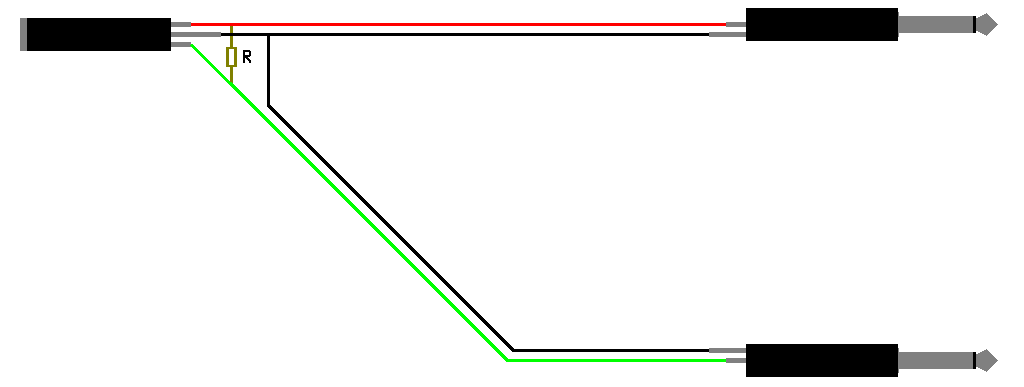
Anyone with a soldering tool and a multimeter can solder this cable.
So I did.
My soldering skills are really poor, but being careful not to burn the plastic insulation around the copper, and using a multimeter to verify that I didn’t create an unwanted shortcut, I had the cable.
In addition, I got the good feeling of having accomplished something.
If you are new to phone connectors, here are some simple guide lines:
- The connector consist of two (TS) or three (TRS) soldering pins.
- The sleeve pin generally stands out in one or another way, compared to the other pin(s).
- The soldering pin for the sleeve is the pin connected to the surface of the connector if the connector has a metal surface. Otherwize, it is normally the longest pin, or the outermost pin.
- In some stupid cases, the pins are located at 3, 6 and 9 o’clock. In that case, the sleeve pin is at 6 o’clock.
- The tip is connected to the other pin (TS) or one of the other pins (TRS).
- The ring of the TRS is connected to the third pin.
After I’ve made the cable, I connected it to the desired input of the TD-11 module. Note that I chose to use a female TRS, rather than a male TRS connector. This allowed me to connect the cable to any input of the TD-11, such as the Tom 1. If I would want to connect it to the Crash 2 input, I would simply use the male-male TRS cable which comes with the TD-11K.
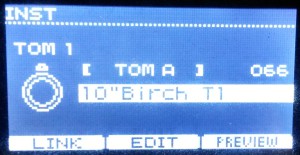 My initial idea was to connect two cymbals to one input using the splitter, but that does not work. The splitter only works with pads. I guess it works with any kind of pads, including the mesh pads, but I haven’t verified that. Of course, you won’t be able to make rim shots on any dual-trigger pad, but for toms, that normally don’t matter.
My initial idea was to connect two cymbals to one input using the splitter, but that does not work. The splitter only works with pads. I guess it works with any kind of pads, including the mesh pads, but I haven’t verified that. Of course, you won’t be able to make rim shots on any dual-trigger pad, but for toms, that normally don’t matter.
In order for the cable to work as intended, I – of course – had to disable the LINK feature for the selected input in the Inst menu, just as I wrote about in my previous article Adding a cowbell to the TD-11. After that, I selected two different sounds for the Head and Rim for the desired input. In my case, I connected two single-trigger PD-8A pads to the T1 tom 1 input. I physically located the pads so that the Right pad corresponds to the Rim, and the left pad as the head.
However, I discovered that I had to increase the sensivity of the pads in order to get good triggering.
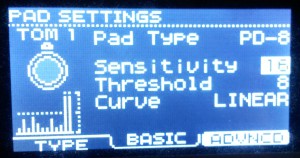 This is done in the
This is done in the System->Pad Settings->Basic menu, by increasing the Sensitivity value. You might also need to adjust the Threshold value. Go ahead and experiment until you find a good setting.
This worked out well, and since I recently bought an old TD-3K kit for the sole purpose of using its cymbals, so I had a few PD-8 dual-trigger pads to spare. Thus, I made a second cable and attached two double-trigger PD-8 pads to the T2 tom 2 input. This left me with the T3 tom 3 input unused, so I attached a CY8 cymbal directly to it.
Now I had expanded my TD-11K to a reasonable size. Four toms and four cymbals. Quite neat, don’t you think?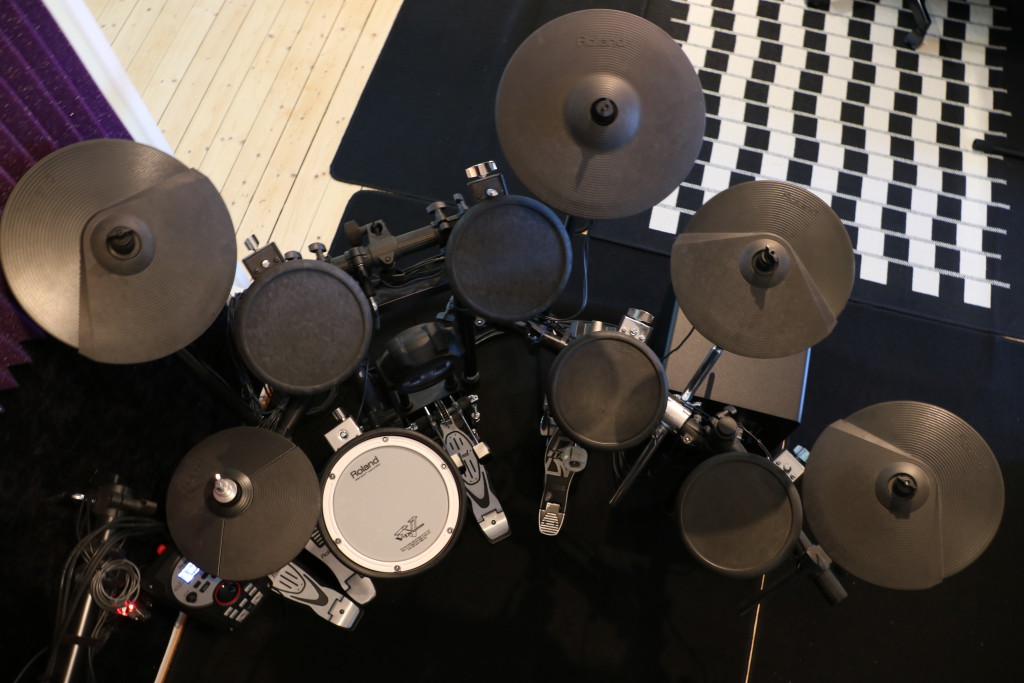
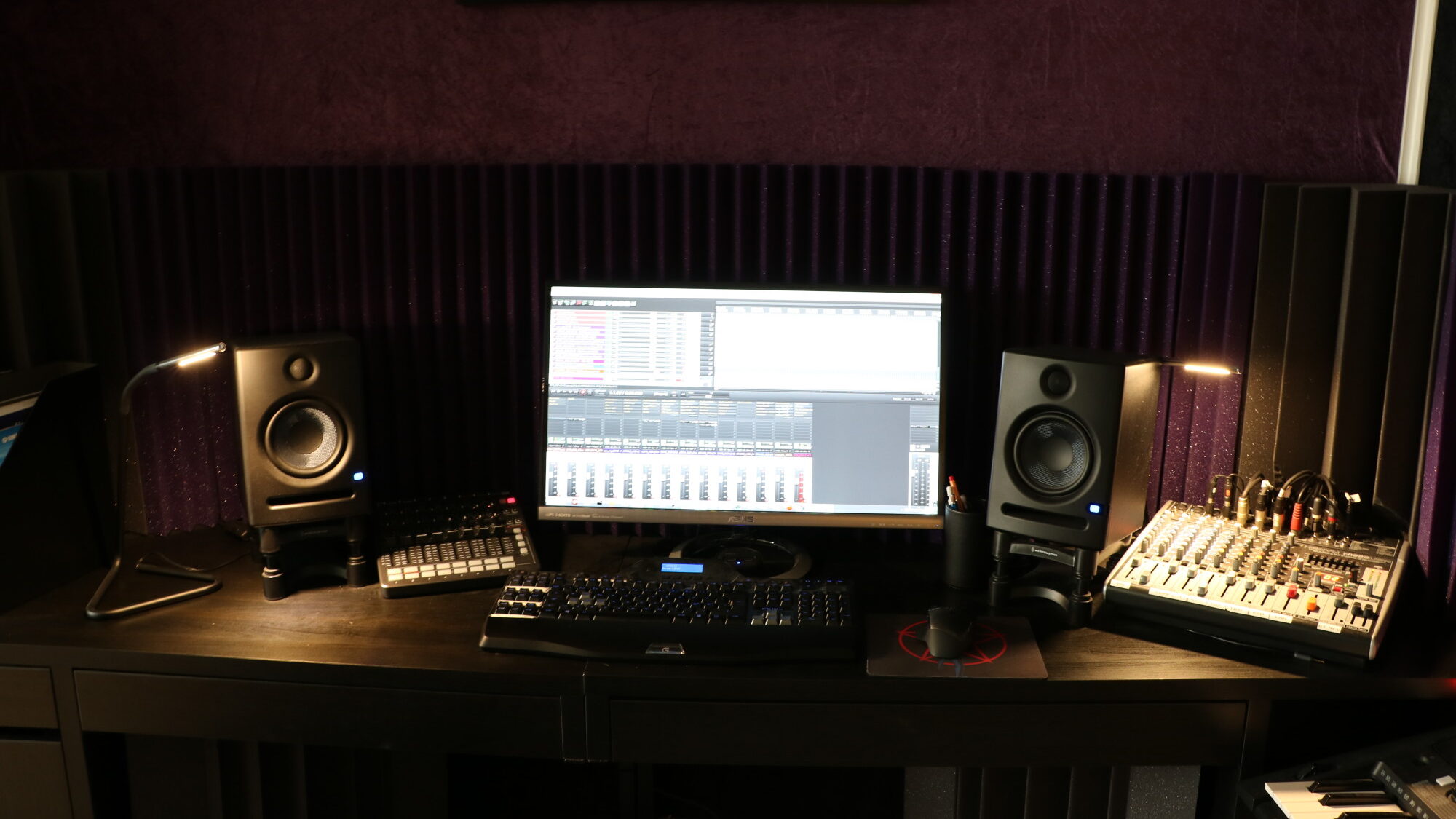
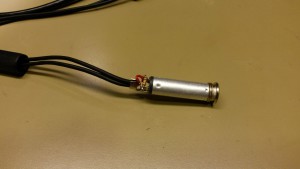
Leave a Reply to Zeta galindo Cancel reply